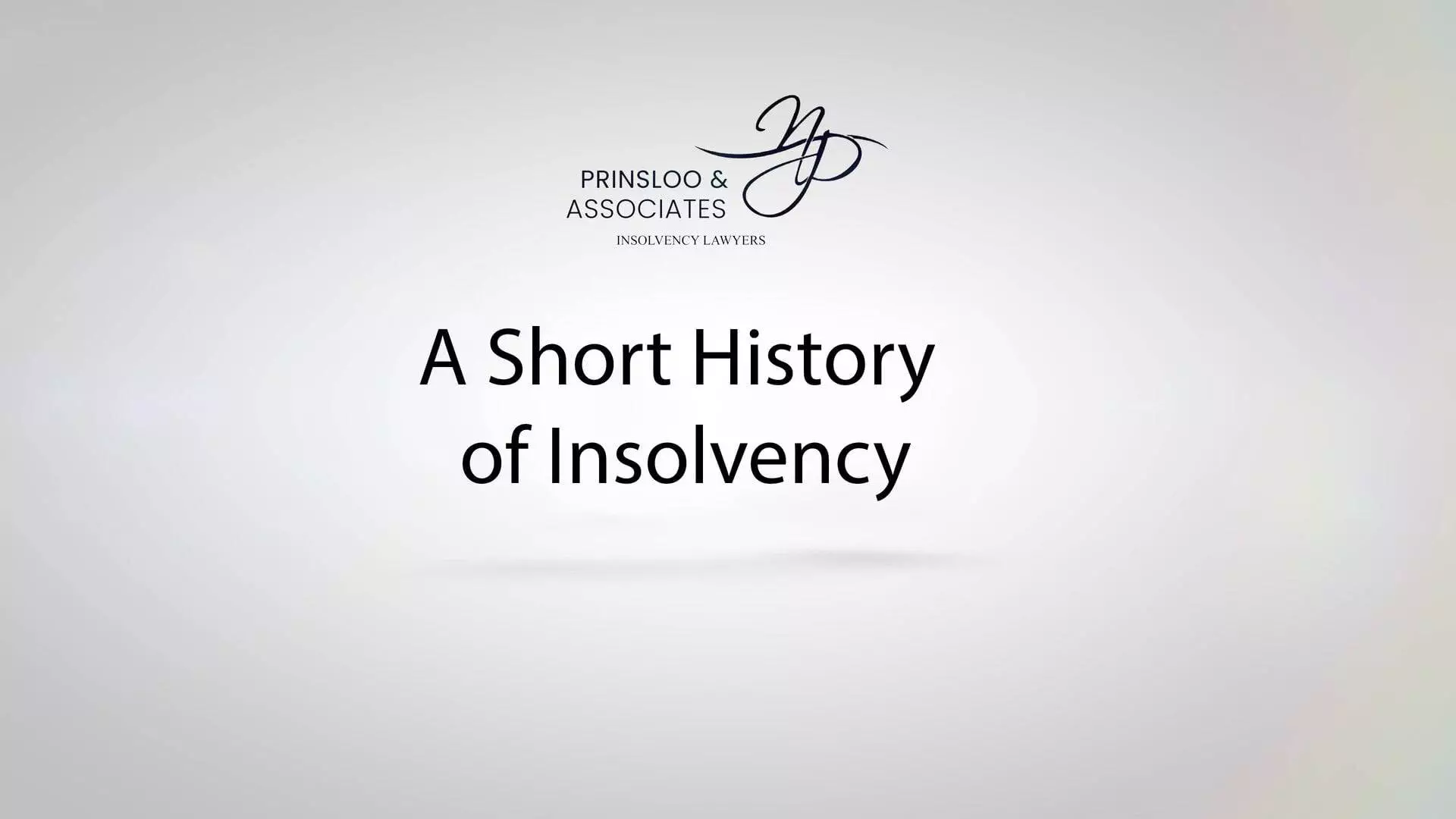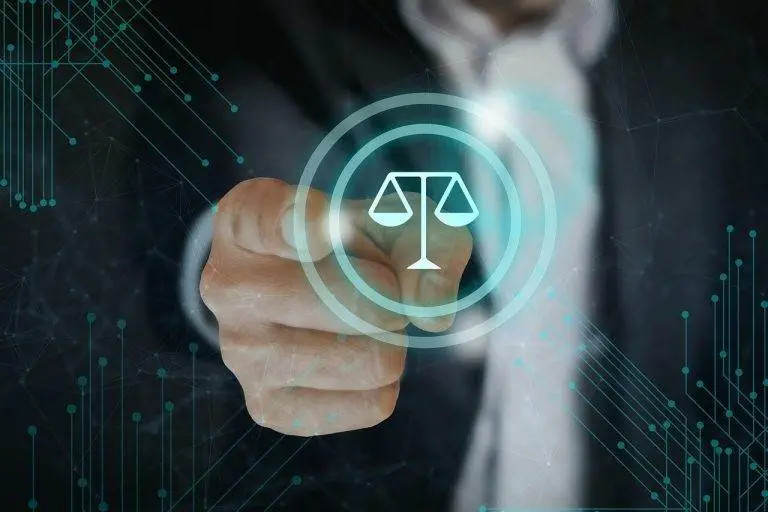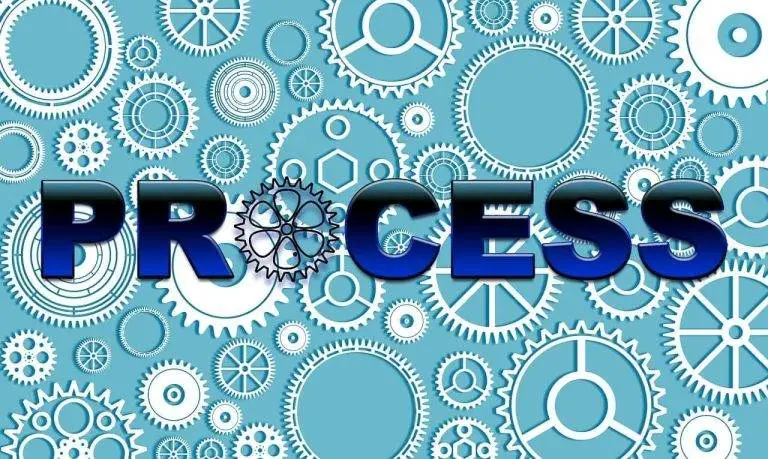A short history in Insolvency is good to know about because it will explain where Insolvency fits in our economy. Insolvency refers to either the Liquidation of a Business and Sequestration of an individual.
In Roman Law a debtor who could not pay debt could be sold into slavery. In the worst case, the person could be cut into pieces and each creditor given a piece, so that one creditor is not prejudiced over the other. I am very glad those days are over.
Understanding where liquidation and sequestration comes from, will help you to understand why it is not a problem to go insolvent, but that it is the best tool to use when the time is right. If you want to learn more about how Insolvency can help you protect your cashflow, click on the button below and talk to an Insolvency Specialist.
Sequestration in 48BC
During about 48BC, a debtor could surrender his/her estate to his/her creditors to be sold. This was the earliest form of Sequestration as we know it. The debtor who so surrendered his/her estate, could not be arrested or imprisoned or sold in slavery. Instead, all his/her assets were sold to pay for his/her debt. The debtor could keep some of the money for his/her own maintenance.
Fortunately South Africa does not lock up people for debt any longer, but a person can surrender assets to be able to be Sequestrated. (You can buy the assets back but you need to declare them). In a Sequestration all the debtor’s assets are sold, but the debtor can continue to earn a living and keep their income to maintain themselves and their families. A company or Close Corporation does not need to have assets to be Liquidated like in the case of a Sequestration. There is in fact a duty on the directors of a company and the members of a Close Corporation to liquidate the entity as soon as possible, therefore the company does not need to own assets.
Roman-Dutch Law
As society became more sophisticated during the 15th century, insolvency (Liquidation and Sequestration) started to develop in a better way. debtors could not be sold into slavery any longer, but now they could be jailed for not paying their debt. A debtor who was unable to pay debt could declare him-/herself insolvent, but only if it could be proved that the inability to pay the debt was not caused by the debtor him-/herself but because of circumstances beyond his/her control.
This requirement does not exist any longer, although our courts would like to know the reason why a debtor is applying for Sequestration, so that it can be determined whether the debtor is just a spendthrift or whether the court should really assist by granting a Sequestration order because the circumstances were out of the control of the debtor.
Fortunately for us in the modern day, the law changed over time as society became more civlized. Debtors could not be sold into slavery any longer, but now they could be imprisoned for not paying their debt. In South Africa up until about 1994 people could still be jailed for not paying their debt. The term of incarceration did not wipe out the debt! When the person was released from jail, he/she still had to pay the debt. This was an untenable situation and fortunately in 1994 legislation was changed and nobody can be locked up for not paying their debt any longer. We are all grateful for this.
Sale of Assets
Eventually, in the second century, creditors could take all the debtor’s possessions and sell it. The proceeds were then divided amongst the creditors. In its core this is still what happens in a Liquidation or a Sequestration today, except now you can offer to buy the assets back from the appointed Liquidator.
In the second century, when there was a sale of the debtor’s assets, the person who made an offer of the largest dividend on the creditors’ claims, could buy all the assets. In later times a curator was appointed by the creditors to attend to the sale of the property. In a Liquidation a liquidator is appointed.
Nowadays a curator is still appointed in a sSequestration and a liquidator in the Liquidation of a company. The duties of the curators and the liquidators are, inter alia, to sell assets and to divide the proceeds amongst creditors who proved claims against the insolvent estate of the person or the company.
Nowadays a curator is appointed to wind up an insolvent estate after a Sequestration and a Liquidator in a Liquidation. In the earlier days the local Magistrate usually administered the debtor’s estate. In 1803 in Cape Town, the “Desolate Boedelkamers” were established to administer insolvent estates. Nowadays the Master of the High Court oversees the administration of estate and curators appointed by the Master attends to the winding-up.
From 1936 - The Insolvency Act
In 1936 the Insolvency Act was passed in South Africa. (Insolvency refers to both Liquidation of a company and Sequestration of an individual). The Insolvency Act passed all existing laws on insolvency to regulate when a person or business is insolvent and cannot pay his/her debt.
In terms of the Insolvency Act, a person can surrender his/her insolvent estate by giving all his/her assets to be sold by a curator and the proceeds will be divided amongst creditors who prove claims against the insolvent estate. A company can liquidate when it cannot pay its debt. The Companies Act of 2008 states that a director must Liquidate a company when the company cannot pay its debt.
A person can only Sequestrate if there is a benefit to his/her creditors. This means that there must be enough assets or money to be divided amongst the creditors so that creditors receive at least 20 – 30% of the total of the outstanding debt. The creditors are then paid in a certain order after sequestration. That which a creditor does not get must be written of after sequestration. A company does not have to own assets, it can just Liquidate.




